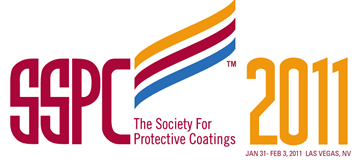Search
Products tagged with 'performance'
View as
Sort by
Display
per page
“Introducing The Nation’s First Bachelor of Science Degree in Corrosion Engineering and the National Center for Education and Research on Corrosion and Materials Performance
Product Number:
41211-627-SG
Publication Date:
2011
$20.00
Analysis Of Corrosion Inhibitor Performance Curves Using Langmuir Adsorption Kinetics
Product Number:
51321-16859-SG
Publication Date:
2021
$20.00
Benefits Exhibited by Styrene Free Coating Technology
Product Number:
41216-961-SG
Publication Date:
2016
$20.00
Effect of Surface Preparation of Coating Performance
Product Number:
41216-953-SG
Publication Date:
2016
$20.00
Inspection, Touch Up, & Repair of Hot-Dip Galvanizing
Product Number:
51219-221-SG
Publication Date:
2019
$20.00
Motivating Green Paints in Middle East Challenges
Product Number:
41214-853-SG
Publication Date:
2014
$20.00
Performance of Autonomous Aerial Robotics for Dry Film Thickness Measurement
Product Number:
51219-177-SG
Publication Date:
2019
$20.00
Performance Test Results of New Artificial Non-Metallic Abrasive
Product Number:
MPWT19-14265
Publication Date:
2019
$0.00
Put Down that Blast Nozzle! How to select and optimize wet or vapor abrasive blasting equipment
Product Number:
51218-114-SG
Publication Date:
2018
$20.00
The Benefits of Steel Grit Blasting and Recycling
Product Number:
51217-074-SG
Publication Date:
2017
$20.00
Utilization Of Adsorption Kinetics Rate Constants To Better Define Corrosion Inhibitor Availability
Product Number:
51321-16861-SG
Publication Date:
2021
$20.00











